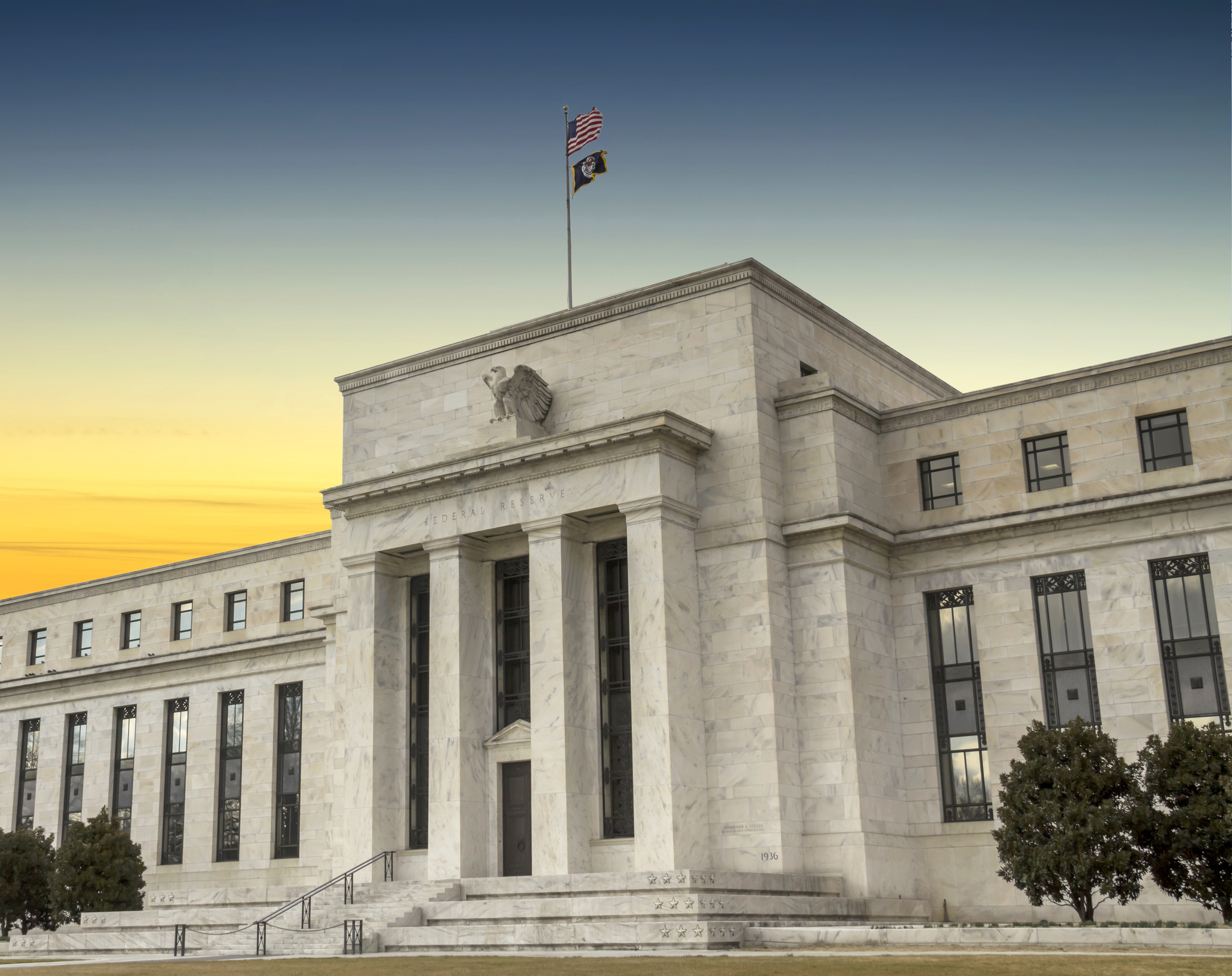“No.” -Federal Reserve (Fed) Chairman Jerome Powell when asked if he would resign if President-elect Trump asked him to.
Yes, the election and huge stock market rally took all the headlines last week, but there was another very big event. The Fed cut interest rates again, by 0.25% (after the 0.50% cut in September) to a range of 4.5%–4.75%.
This was universally expected and overall the statement was virtually the same as last time, so there wasn’t much of a curveball from this decision. Still the door is wide open for another cut in December and we think multiple cuts in 2025.
Powell and Trump Probably Don’t Like Each Other
The bigger question though was just how much Powell and Trump don’t like each other. It was a contentious relationship the last time Trump was in the White House and given Powell’s rather curt answer last week (in the quote above) it is safe to say they might not be sending holiday cards this year either. But the press conference didn’t stop there, as a reporter asked if the President could demote or fire him. “Not permitted under the law,” Powell fired back. “Not what?” the reporter responded. “Not permitted under the law,” said Powell, a lawyer himself, this time pausing for emphasis after each word.

Stay on Top of Market Trends
The Carson Investment Research newsletter offers up-to-date market news, analysis and insights. Subscribe today!
"*" indicates required fields
Sonu Varghese, VP Global Macro Strategist, wrote some about the Fed last week in The Economic Outlook Looks Pretty Good – Part 1. This week I’ll take a look at a few other things with the Fed that you might find interesting.
Let’s Talk About Fed Cuts
First off, they cut on a Thursday due to the election. You have to go back to October 1998 and then July 1995 the time before for the last time they cut on a Thursday, as most meetings conclude on a Wednesday. 1998’s cut was an intra-meeting cut due to Long-Term Capital Management (LTCM) going under. 1995 was a normal meeting, but that was back when the Fed would cut and no one would even know about it until the next day.
Last week the Fed cut interest rates with stocks near all-time highs. Here’s a chart we’ve shared many times before, but it is just as relevant now as it was then. We found 20 other times (back to 1980) the Fed cut with the S&P 500 within two percent of an all-time high and stocks were higher a year later 20 times and up an average of nearly 14%. As much as the Fed was a headwind in 2022 when they aggressively hiked to slow inflation, it has been a tailwind since July 2023 when they stopped hiking. Now, as this easing cycle continues, the tailwinds remain strong.
Why We Aren’t Worried About Higher Inflation
We’ve been on record for well over a year now that our country would see very strong productivity and that is exactly what has played out. Below is what Sonu had to say recently about productivity.
Productivity growth is also running strong – over the last six quarters, productivity growth has clocked in at a 2.6% annualized pace. That’s well above the 1.6% annual pace we saw between 2005 and 2019. This productivity boost is something we talked about a year ago, including in our 2024 outlook. As we discussed back then, a key factor here is a strong labor market. Workers who were hired back in 2021 and 2022 have gotten a lot more productive as they got trained and stay in their jobs (with relatively higher pay). Entrepreneurship is another likely factor boosting productivity, with new business formations running well ahead of what we saw in the last decade. New business creation also provides employees opportunities to switch jobs for higher pay. The good news is that strong productivity gains allow wage growth to remain strong, without creating inflationary pressures — this dynamic has been playing out over the past year and half and we expect it to continue into 2025.
The reality is some of the best years for the economy and stock market have been during periods of strong productivity, which makes sense since productivity growth is a key input to GDP. Last year for instance saw nominal Gross Domestic Product (GDP) up nearly 6% and we are now looking at back-to-back 20% years for the S&P 500, something we don’t think is a coincidence with productivity strong. The last time we saw an extended period of strong productivity? The mid to late1990s, one of the best periods ever for investors.
We hear all the time that should the Fed cut here, it could lead to higher inflation. Yes, that’s a worry, but again go look back at history. When you have higher productivity it allows for higher wages, but also puts a cap on inflation. It sounds like a perfect scenario, but we indeed saw a similar situation in the mid-1990s and the Fed cut, wages stayed strong, and inflation wasn’t an issue. As long as productivity remains strong (like we think it should) the path is there for the Fed to continue to cut interest rates and not worry about inflation soaring back.
Lastly, I joined Kristen Scholer on NYSE TV Live last Friday and discussed the election, the economy, the bull market, and more. You can watch the full interview below.
For more content by Ryan Detrick, Chief Market Strategist click here.
02504519-1124-A




